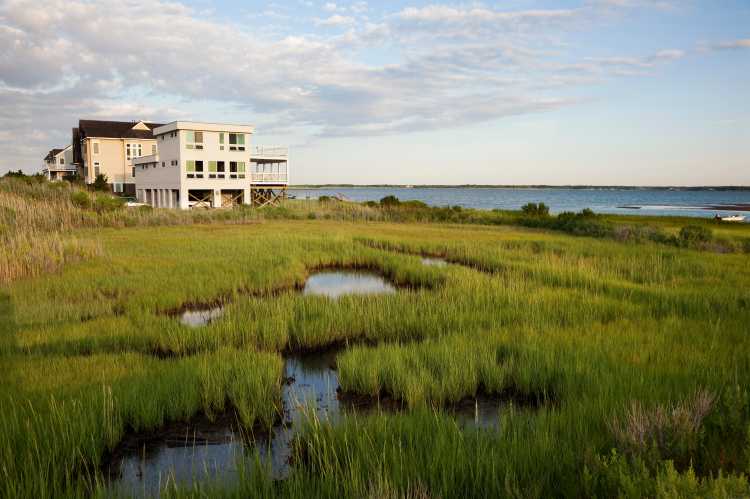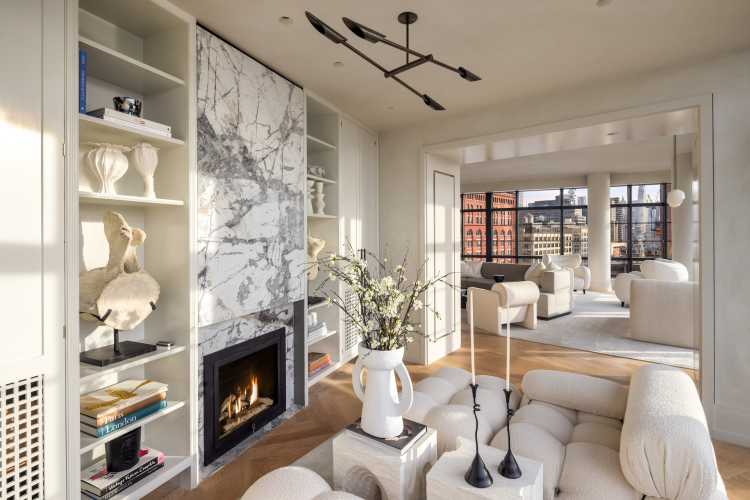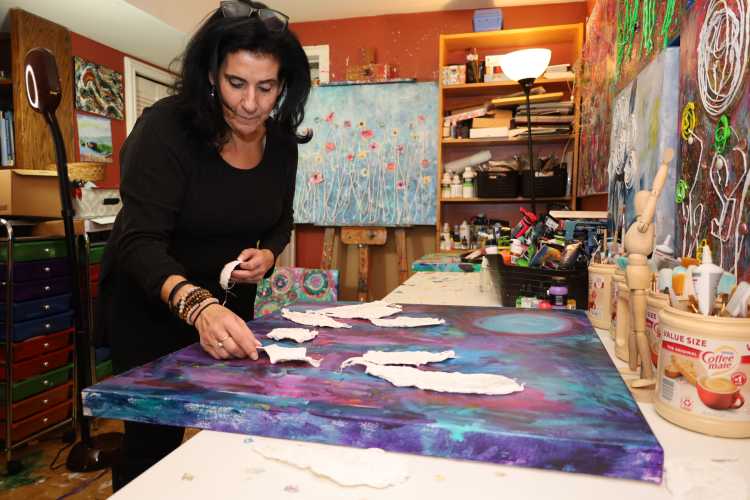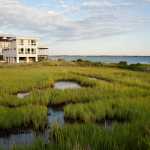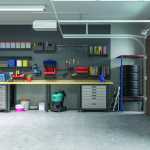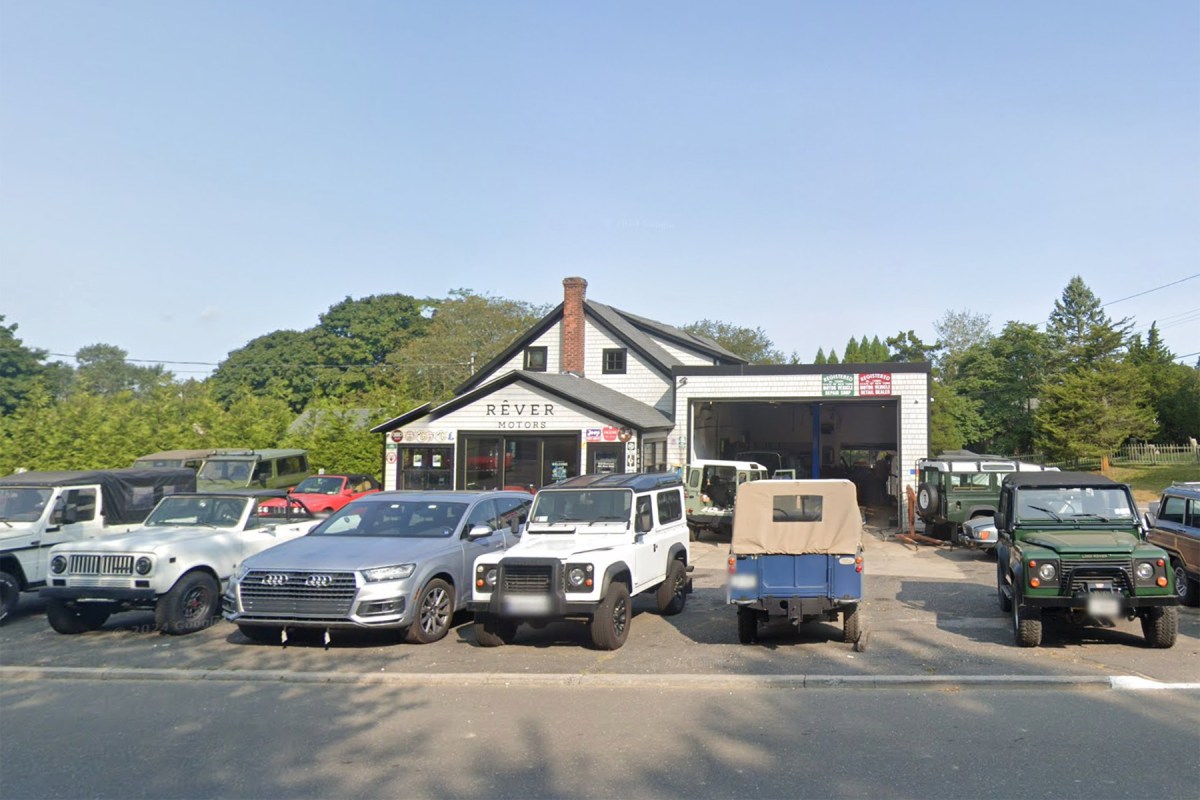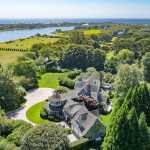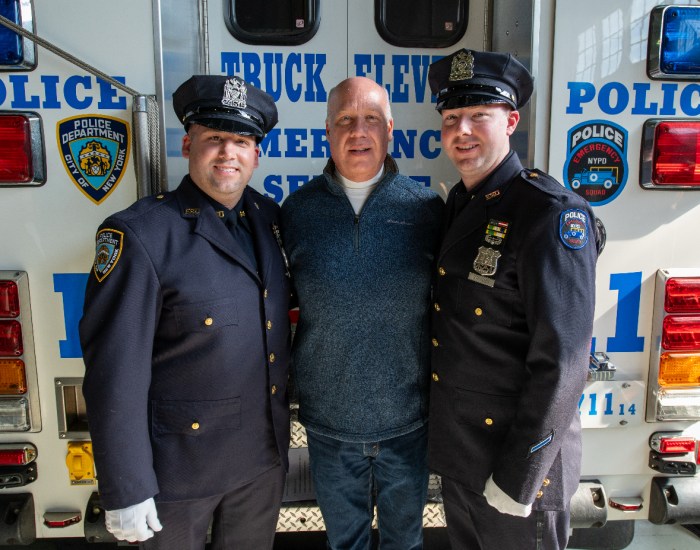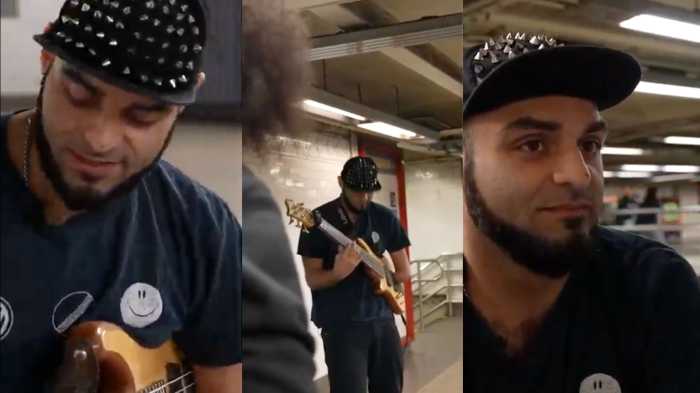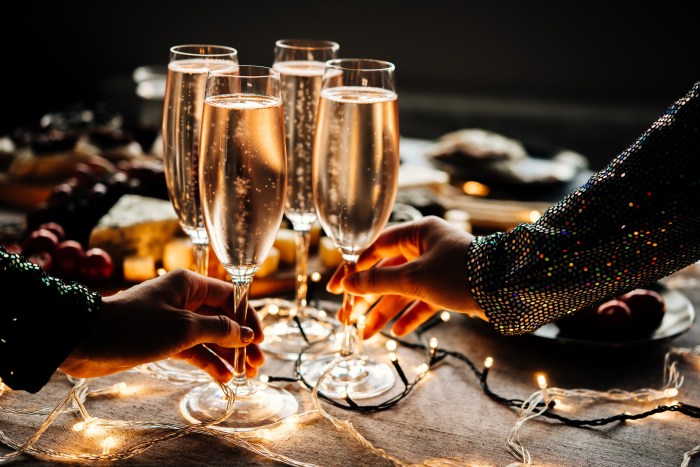Here’s a little thought experiment. Think about the last time you were at a restaurant for a lovely dinner. Now think about the ambience. Was the lighting harsh? Was it beating down on you? Maybe it was really hot. But, what if the last time you were at a restaurant, the lighting was really soft and lovely and non-intrusive? Would you even notice?
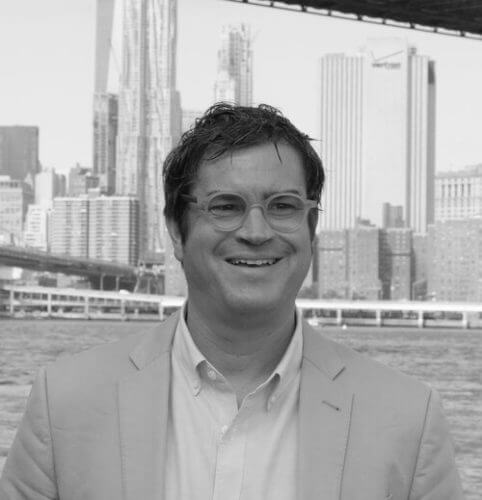
North Sea resident Doug Russell, founder and owner of the Brooklyn-based Lighting Workshop, thought about that over 15 years ago before his company was formed. Russell, who originally worked for a large lighting company designing fixtures, was drawn to the idea of lighting not as a product, but as an element of the space. “I found that I was way more interested in what those things did in a space than the things themselves,” says Russell. “I saw these other lighting designers using these lighting fixtures to really create these layer-rich compositions of light and space. I found that so much more powerful than looking at something as an object of decor–a chandelier, a sconce. What they did with it to transform a space and I started thinking about how you go into a restaurant that’s really well-lighted and don’t think about, but when it’s bad you are aware of it.”
Russell then got his graduate degree in architectural lighting design. “We are collaborators of architects, interior designers, end-users,” says Russell. Architectural lighting designers work to make sure the light complements the space and enhances it. “Light is fundamental in how you perceive materials in space and the shape, the mass, the volumes…Sometimes when you don’t get the lighting right, the client can’t even describe what’s wrong, there’s just something missing in that built-in environment,” explains Russell.
That’s where Lighting Workshop comes in. “There’s a discovery phase with every project, which is a lot of fact-finding,” he says. “What are the tasks that are going to be performed there? What are the materials? Are there textures that are going to be rendered? And then you create a narrative. You create a story of light in space. Do you want it to move people in a certain direction? You go through that, then try to establish goals with the client.”
Lighting Workshop has 19 designers on staff, from a variety of backgrounds including architectural lighting design, interior design and the theater. “We try to use that diverse experience to bring different qualities of life to different kinds of spaces,” says Russell. “We have a big portfolio of creative workspaces and creative firms. Those spaces are not designed to function like law firms. The people there would be way more comfortable working in a Starbucks than they would a traditional office. So we try to take things we’ve learned through hospitality design and weave that into the workplace. Now people are working at home, so it’s about creating spaces where people can work well. We spend a lot of time during the day concepting, a lot of meetings and then a lot of time on job sites during construction, focusing light, setting up dimming systems and making sure the end result is what we were hoping for and designing to. It probably doesn’t look a lot different than what interior designers or architects do. Our services really parallel their services. We are really working as a second set of eyes for them.”
The group has also worked on a variety of Hamptons homes, and one theme persisted in each project. “In each one of the Hamptons homes we’ve done, you have interior spaces that flow into exterior spaces,” explains Russell. “And one of the lighting themes we’ve brought to those projects is using lighting to extend rooms out onto the property. You’re sitting in your glassed-in TV room, but there’s a deck and the pool and layers of things outside. As you start to layer lighting from the inside out, that becomes the room. Those exterior functions become a part of that experience rather than ‘I’m inside and I’m outside.'” Russell also notes that people out here “have more appreciation for more integrated AV and lighting controls. Having a robust lighting control system adds so much more utility to your lighting. Instead of it being this static thing you can create different scenes that reflect time of day or mood or function.”
For his own home, Russell is working on enhancing the beautiful land around his property. “I’m crawling up into trees, installing lights and I’m playing with different effects and practicing different compositions on my own property,” he says. “I have a nice, wooded acre around here with a lot of different kinds of vegetation, so it’s been a lot of fun.” Russell notes that he sees a lot of up-lighting with trees, which doesn’t look natural. “That’s not the way light exists in the real world. Mixing in mood lighting high up trees, seeing some light dappling through trees, not just doing a lot of one thing.”
So as you look at the lighting in your own space, be it home or work, think about what works and what doesn’t and how it makes you feel. That is what Russell and Lighting Workshop strive to do. “Lighting adds so much value, even emotionally, to a space.”


